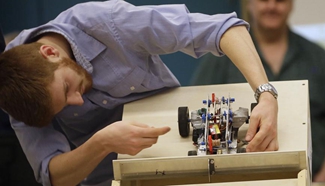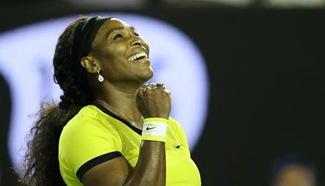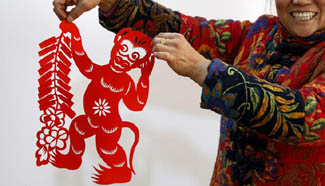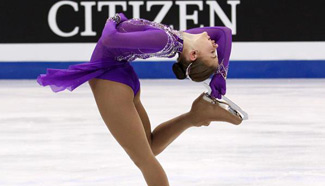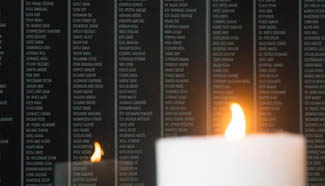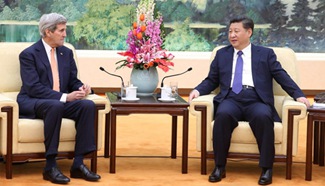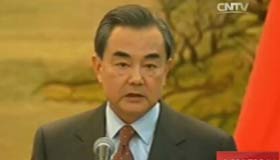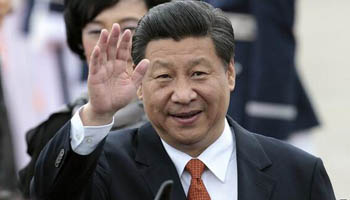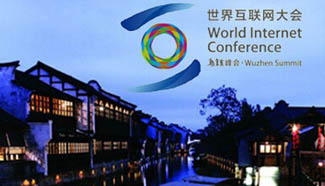“The greatest source of power in war lies with the people”
The War of Resistance Against Japanese Agression was fought between a weak semi-colonized and semi-feudal country and an imperialist aggressor.
On July 17, 1937, Chiang Kai-shek delivered the Lushan Mountain speech, a 1,900-word address, in which he mentioned “a weak nation” six times. On the night of July 31, Chiang issued a letter to all KMT soldiers in which he said, “Now, as we have lost faith in peace, fighting till the end is our only option.” The Nationalist government then organized the Battle of Shanghai, the Defense of Nanjing, and the battles of Taiyuan, Xuzhou and Wuhan. This fierce defense surprised the Japanese.
More surprising for the invaders was that the CPC was leading another battle behind their lines. This was a unique phenomenon in the world’s struggle against fascism.
The Japanese had formulated plans to occupy and wipe out China, carefully gathering intelligence and making detailed military preparations. But they made a mistake. History did not unravel like the Sino-Japanese War of 1894-1895, because the Japanese failed to take the CPC into consideration.
Before the Marco Polo Bridge Incident, the Japanese thought they could wipe out Chinese resistance within three months. But they only saw the weakness in Chinese government. On July 31, more than 20 days after the Marco Polo Bridge Incident, Chiang Kai-shek said to his confidants, “China can withstand Japan’s attack for six months.” But Chiang only saw the limited resources at hand. In May 1938, Mao Zedong released his treatise “On Protracted War,” in which he saw the enormous power of the people.
The Japanese invasion was a greater priority than domestic class conflict – it galvanized the people. Intellectuals swarmed to Yan’an, and farmers organized. By 1940, resistance bases in north, central and south China, established by the Eighth Route Army and the New Fourth Army, accommodated more than 100 million people. The Japanese invaders did not anticipate two armies and two battlefields that were totally different in nature. Early in the war, the Japanese army was attacking the forces of Chiang Kai-shek head on, ignoring the CPC-led Eighth Route Army and the New Fourth Army. As it moved deeper into China, the situation became more unpredictable.
In December 1939, Japanese General Yukio Kasahara said, “The fatal threat to north China’s security is the CPC armies. Only by breaking the counter-Japanese organization, based on the alliance of army, government, party and people, can the current situation be reversed.” By the time the Eighth Route Army launched the “Great Campaign with One Hundred Regiments” in August 1940, Japan had nine divisions and 12 brigades pinned down in north China. The Japanese forces were tied up and consumed. A Japanese document noted, “The residents are hostile to us, while the enemy does an excellent job – wherever we go, there are no people, making it very difficult to find guides, porters or even collect intelligence. Moreover, they have cleared the fields, making it hard to find hidden goods and materials.”
Such was the situation described by Mao Zedong: the greatest source of power in war lies with the people. Mobilizing, organizing and arming the masses was the decisive weapon of the CPC. The Japanese document said the relationship between CPC troops and the masses in north China was unprecedented. The CPC and its troops concentrated their efforts on knowing the people and gaining their trust. “Neither Japan nor the Nationalist government can compete with them,” said Japanese Lieutenant Yamaguchi Shinichi, who fought both the CPC and the KMT. “I would rather fight directly than face the shadowy CPC army, which is nerve-wracking and terrifying. I fought in the battle of Laohekou, but in four years of fighting in China, nothing was more distressing than being stationed in south Hebei area.”
Such was the tragedy for the Japanese invaders, who not only had to face Chiang on the main battlefield, but also had to deal with thousands of common people, who under Mao’s leadership, had come to defend their own interests. As Mao said, “The enemy is trapped in a deadly boundless sea.”


